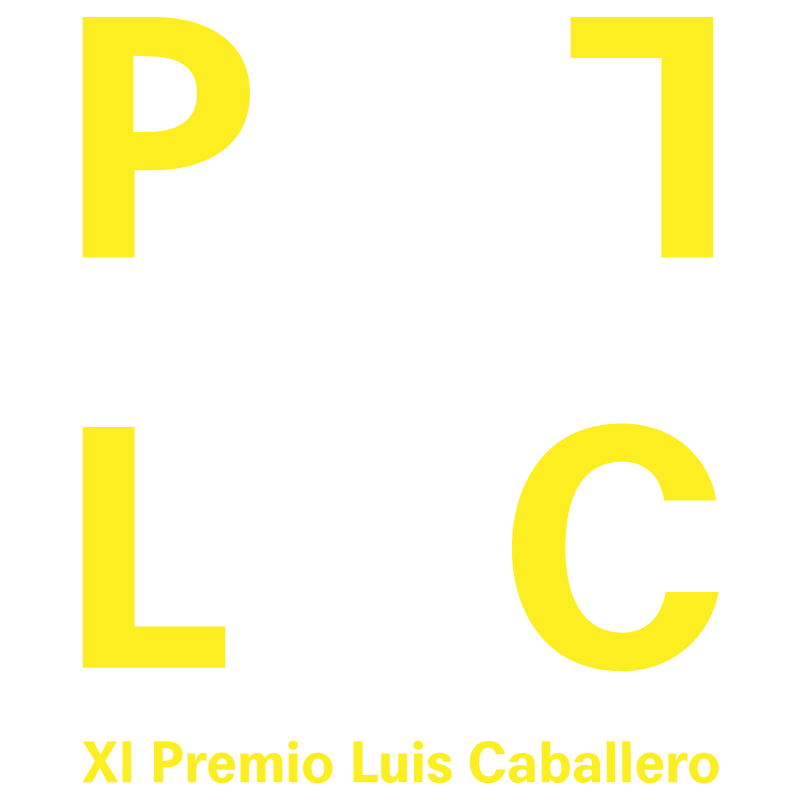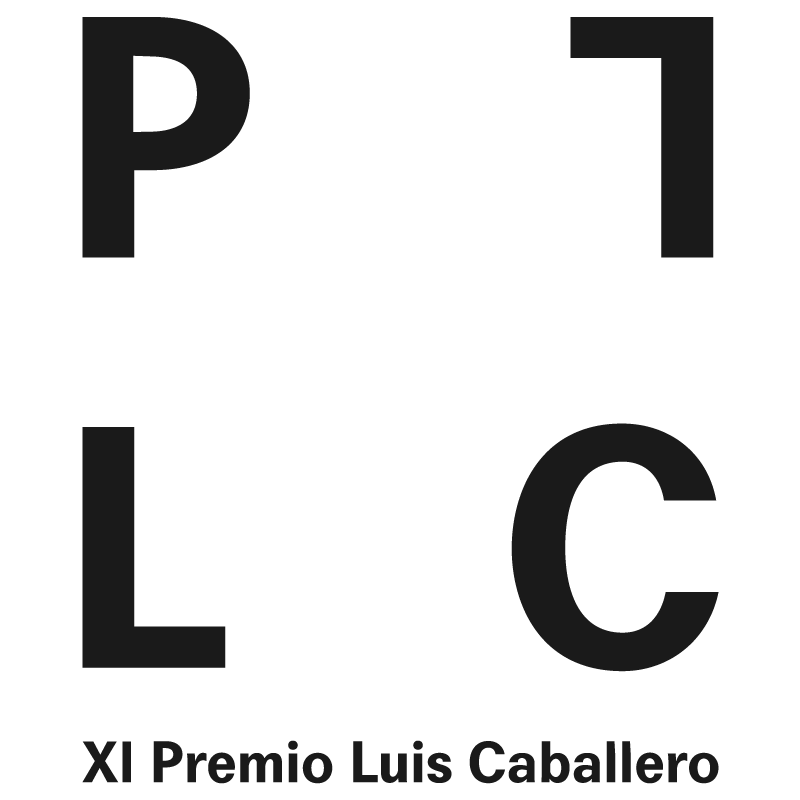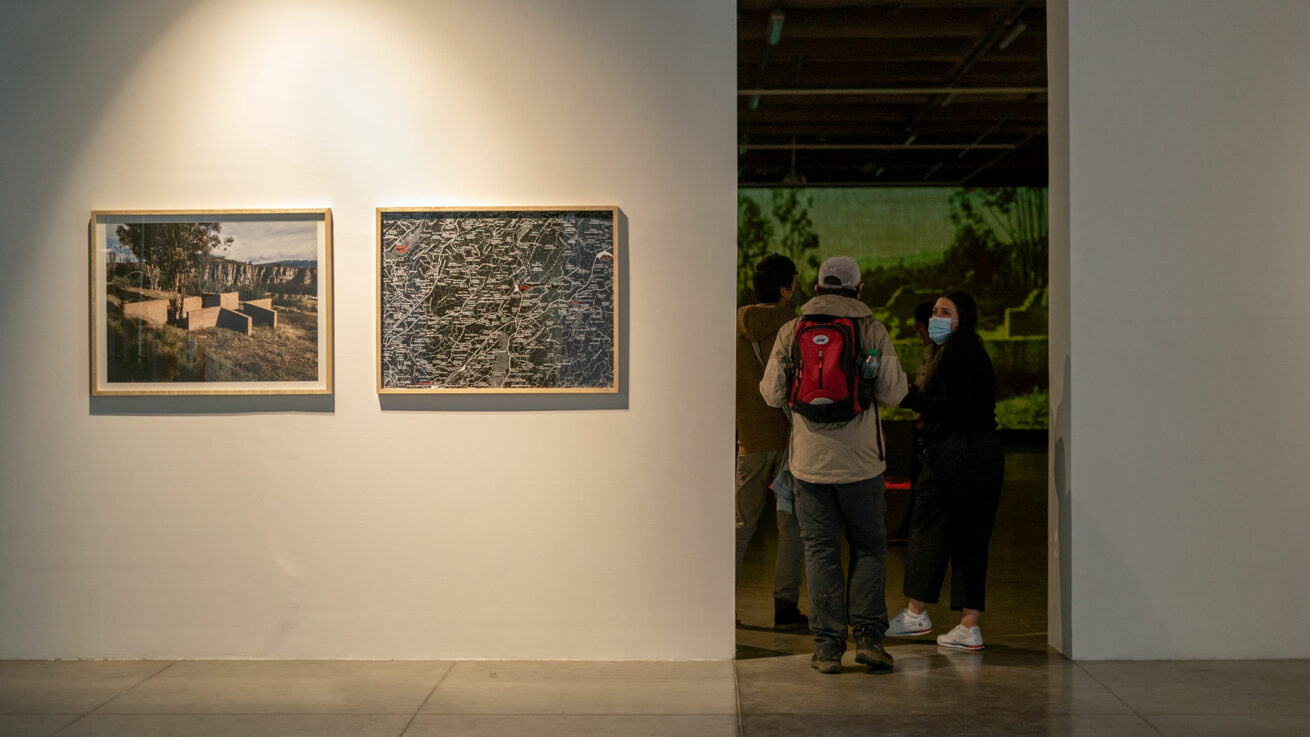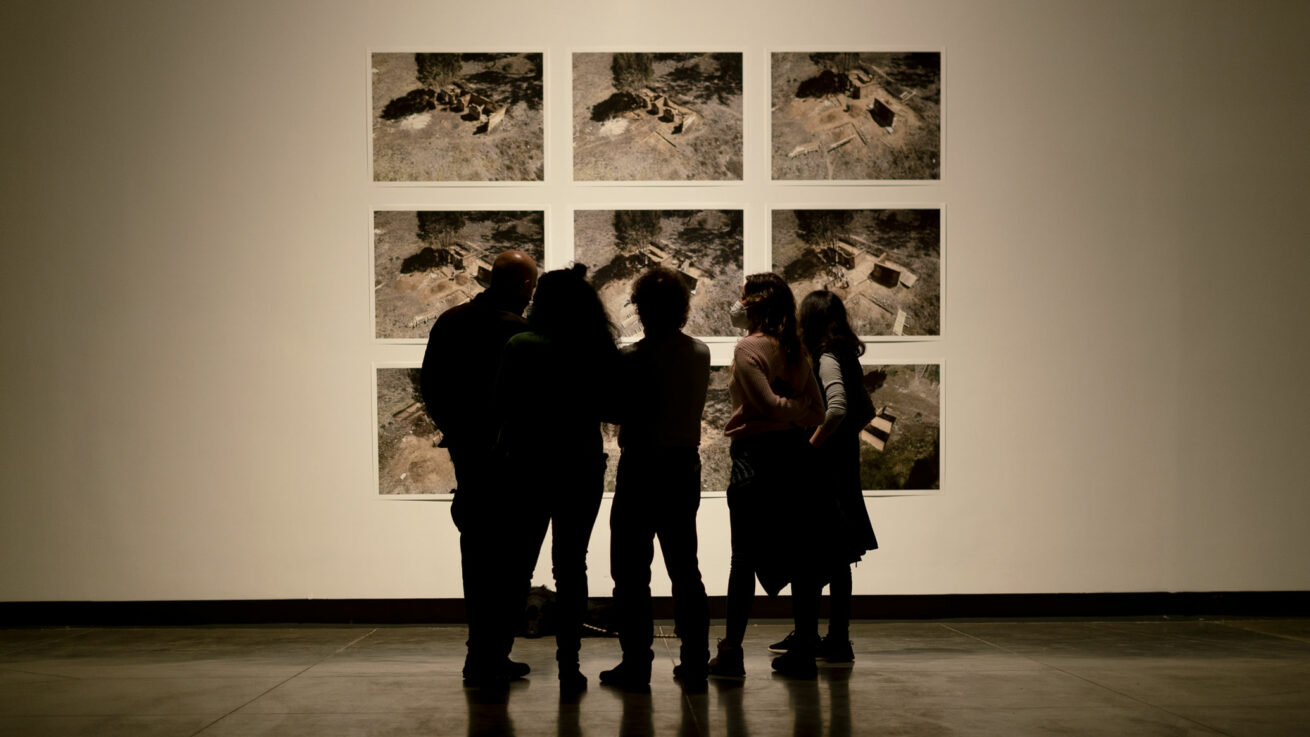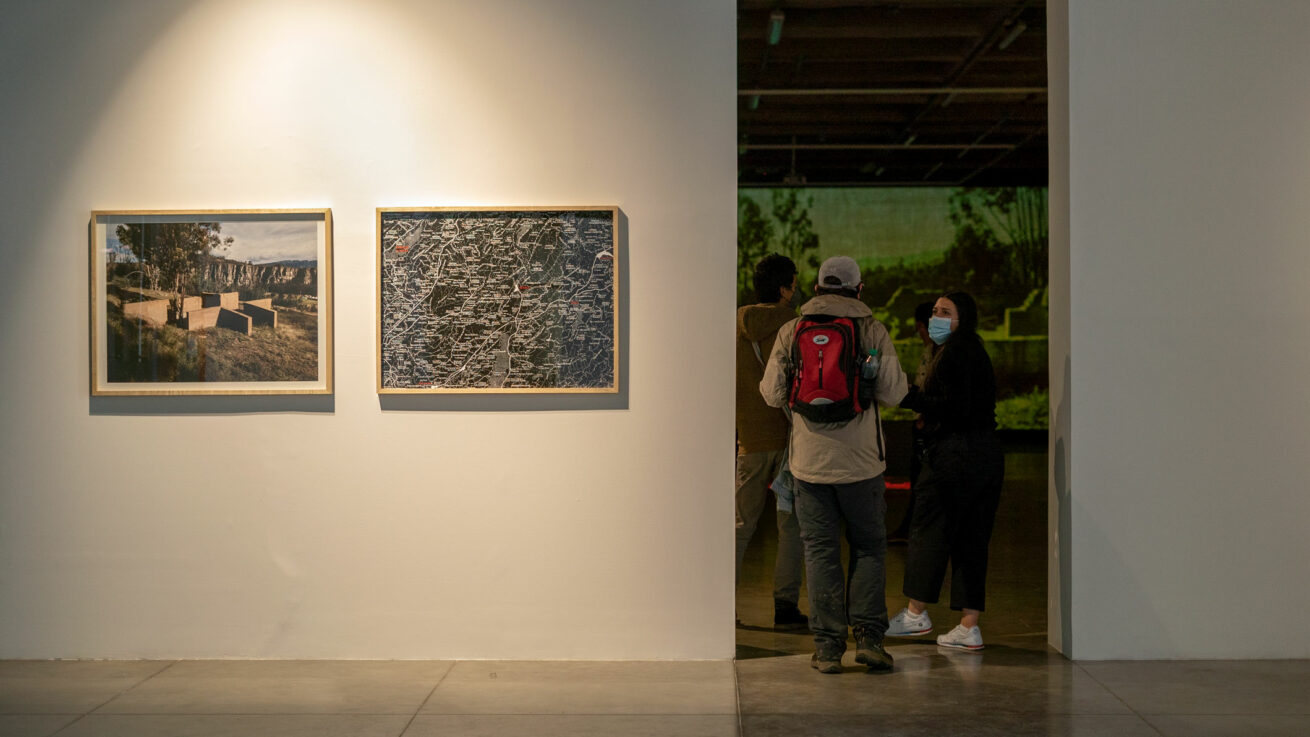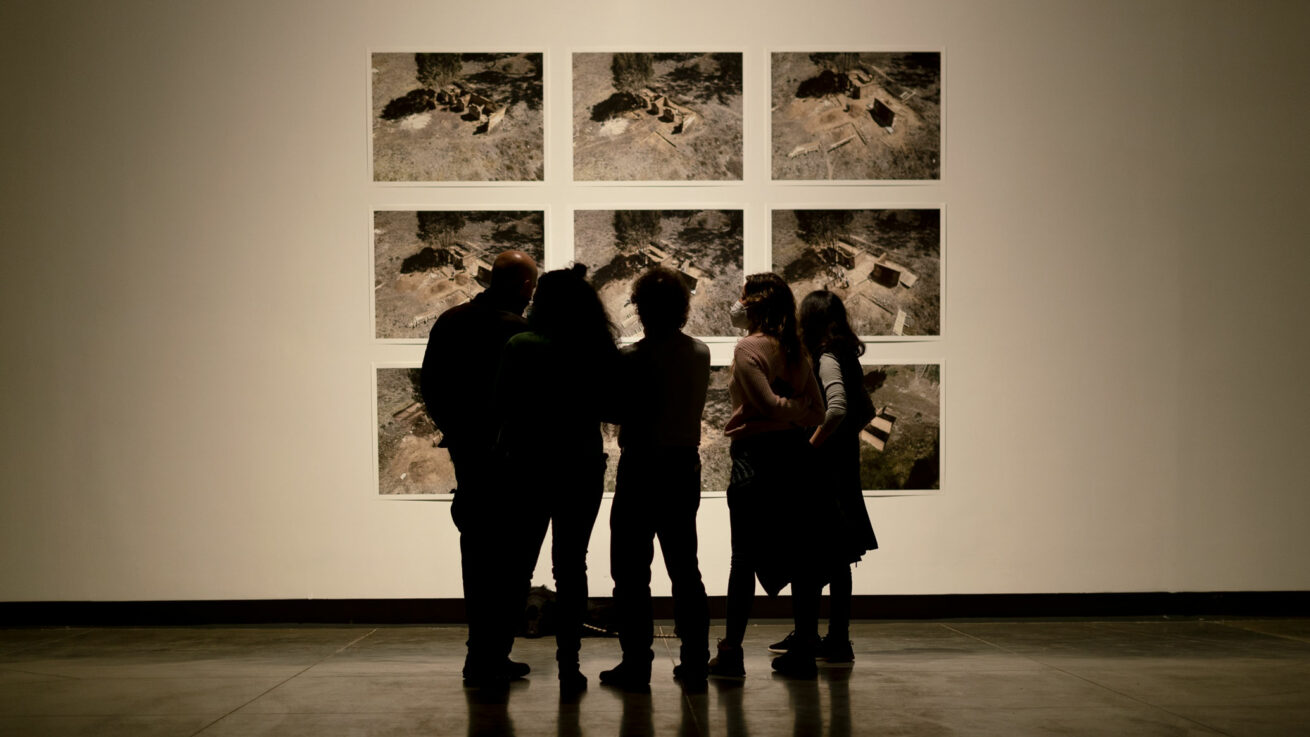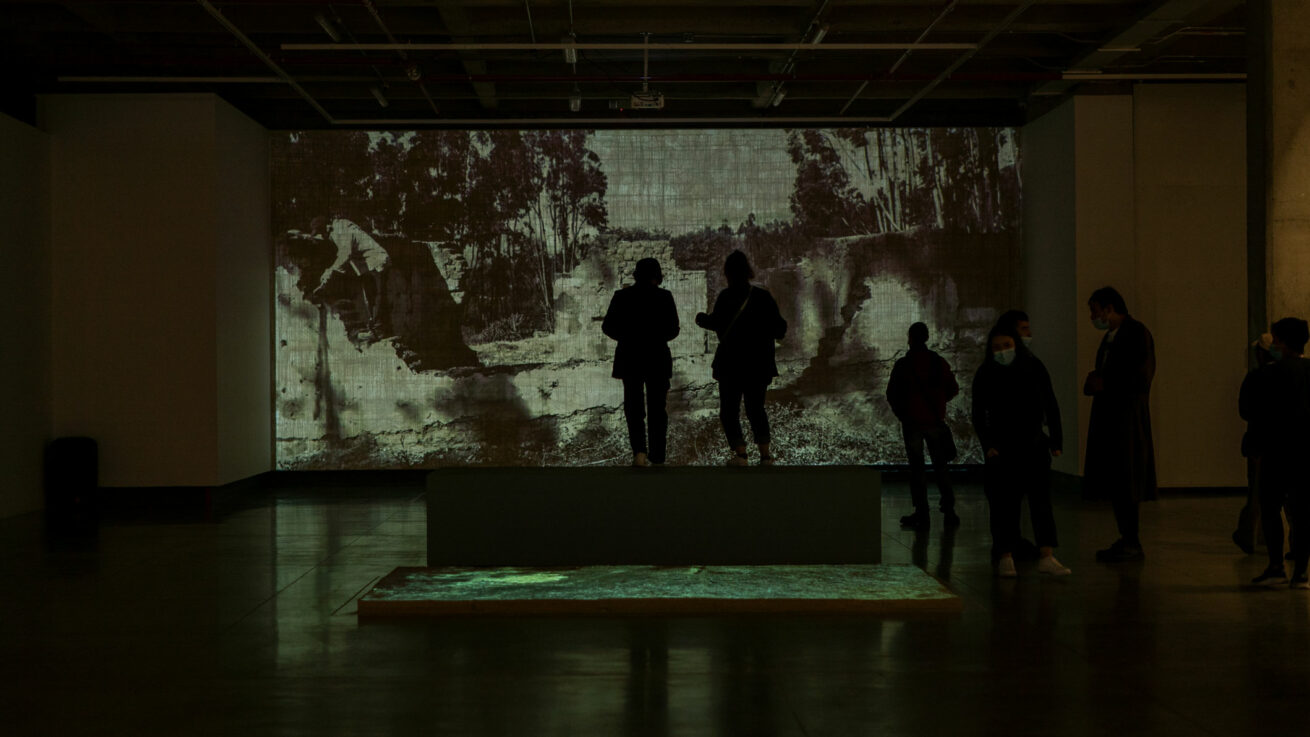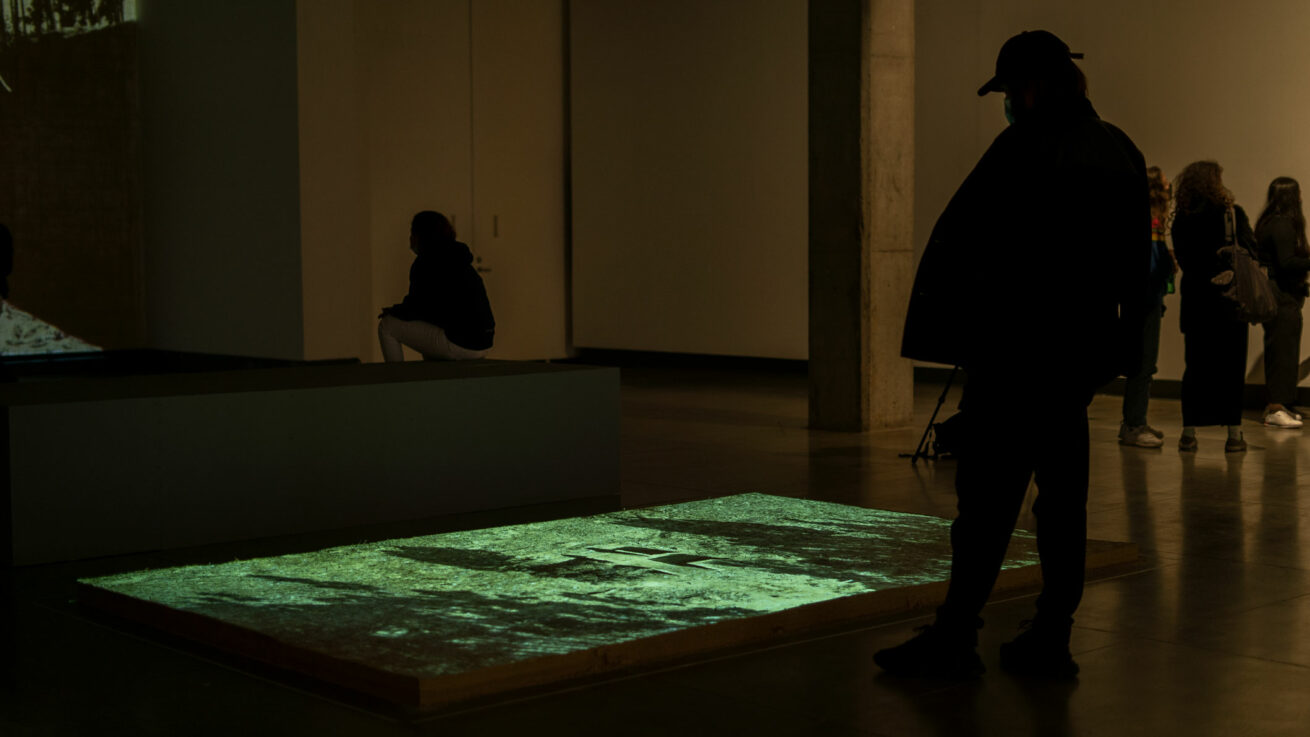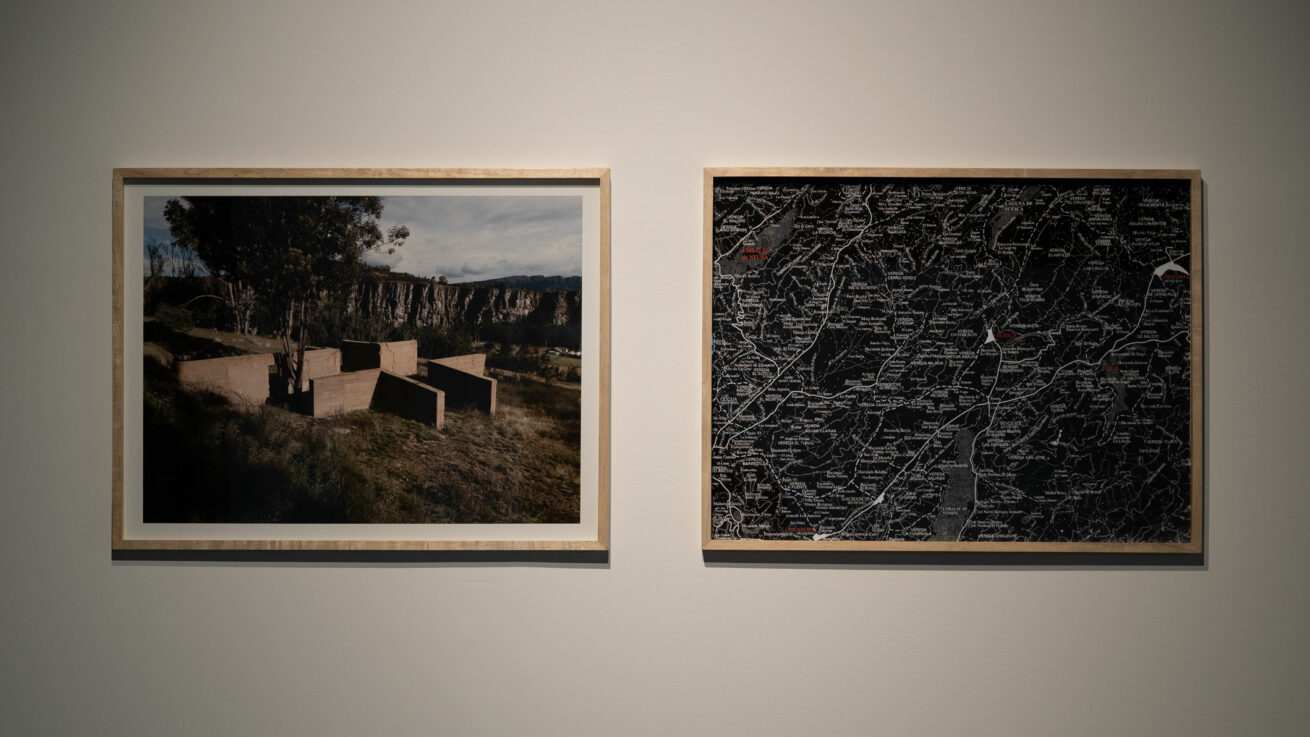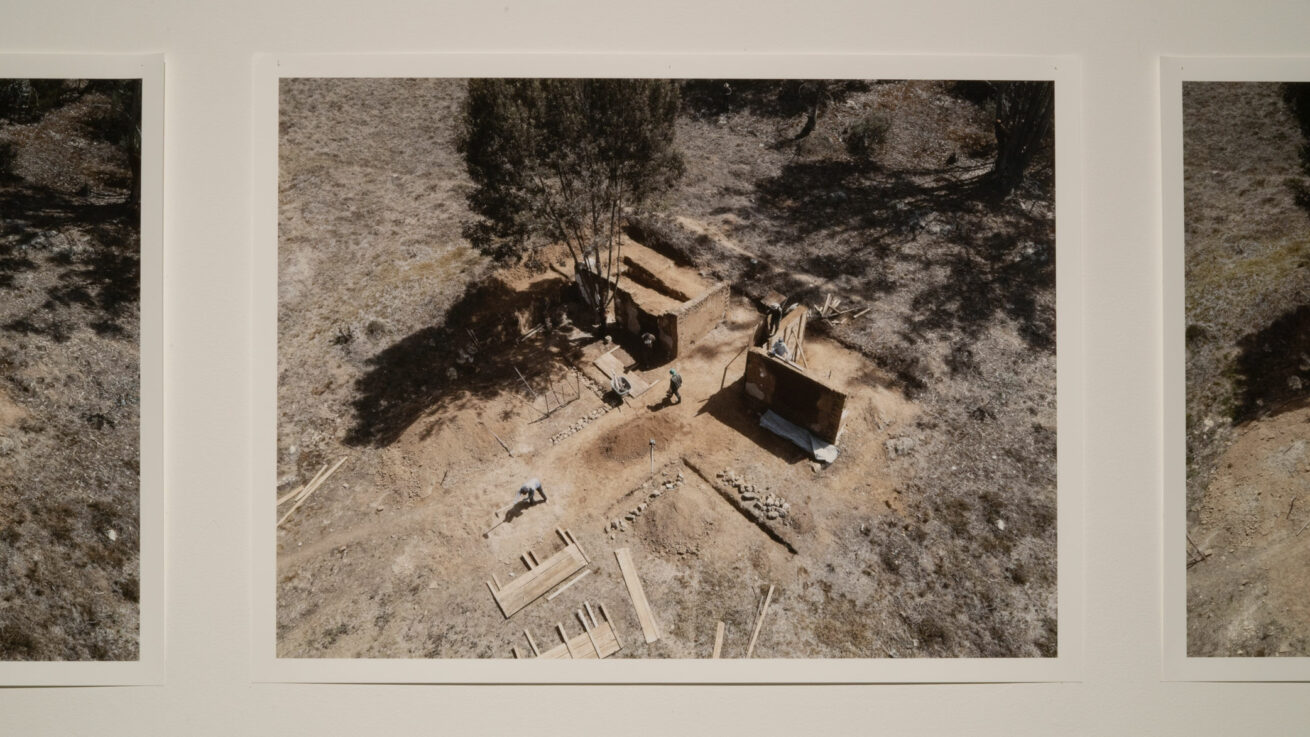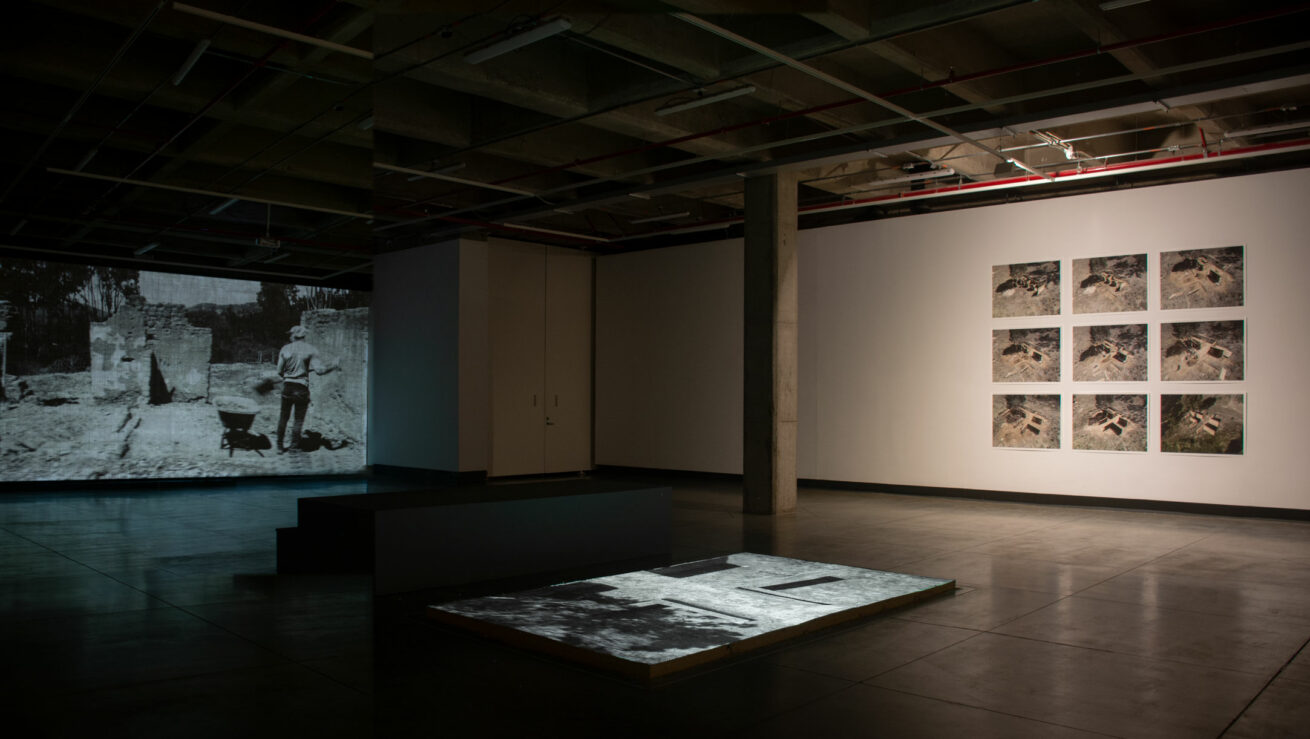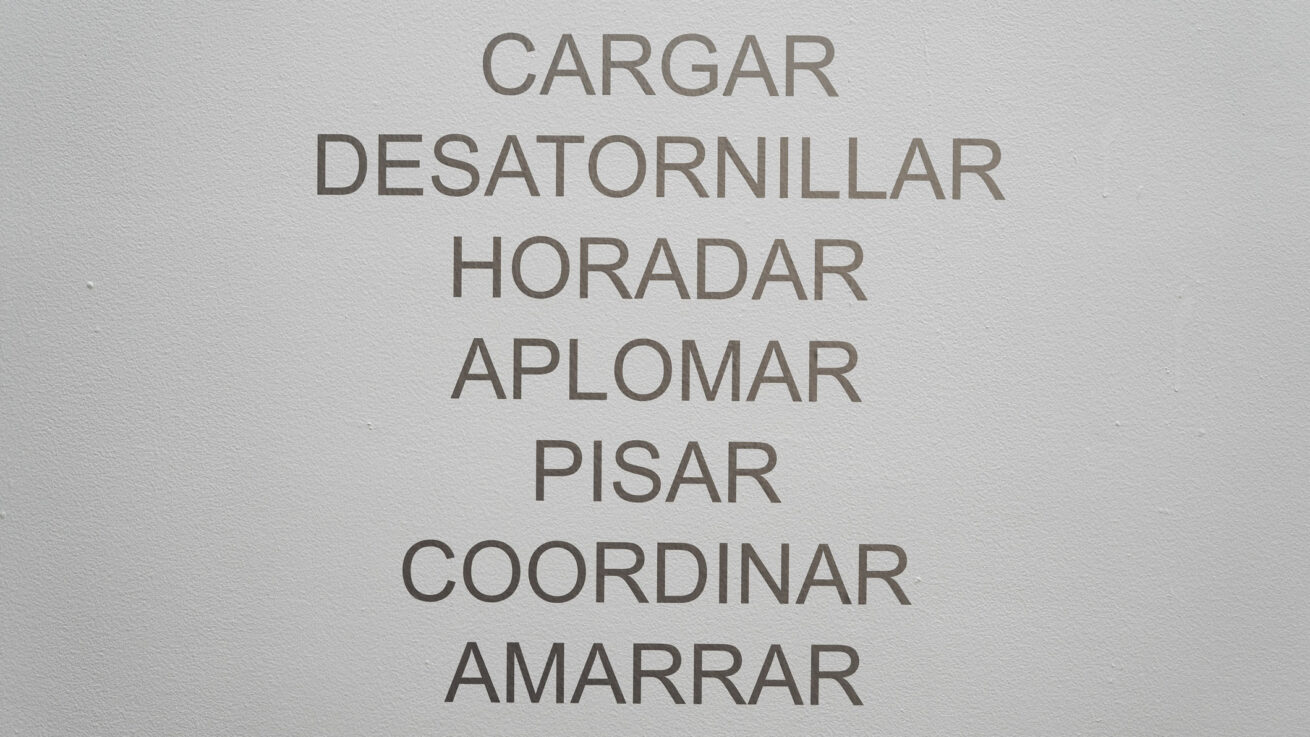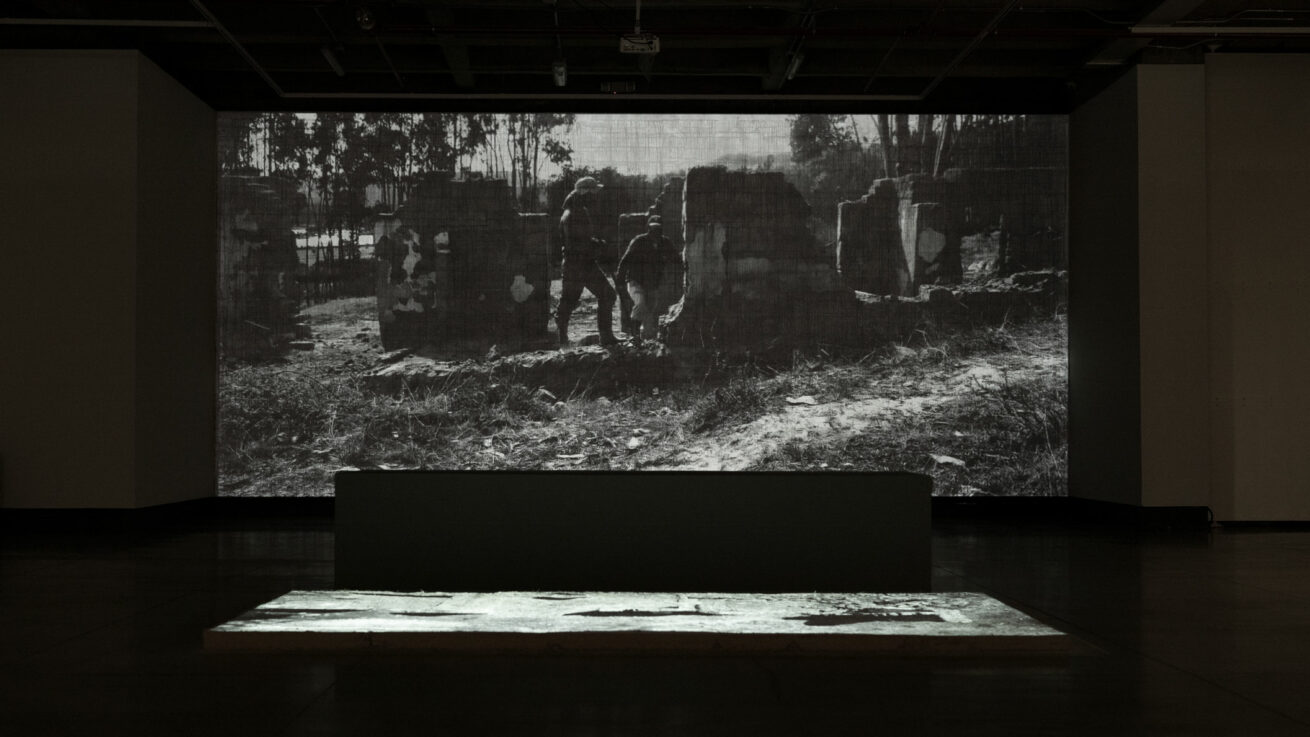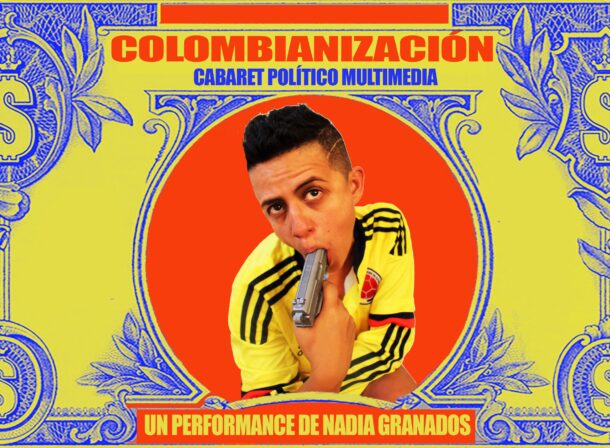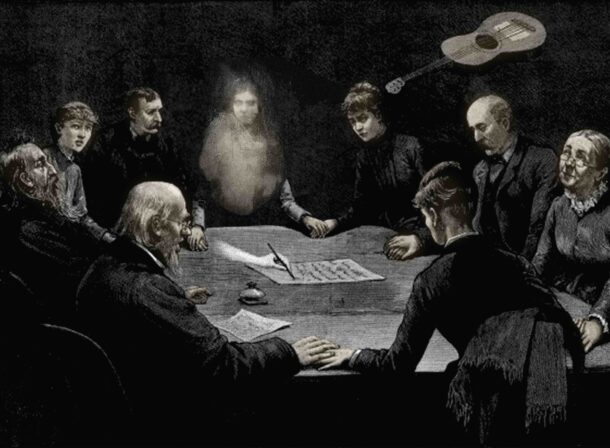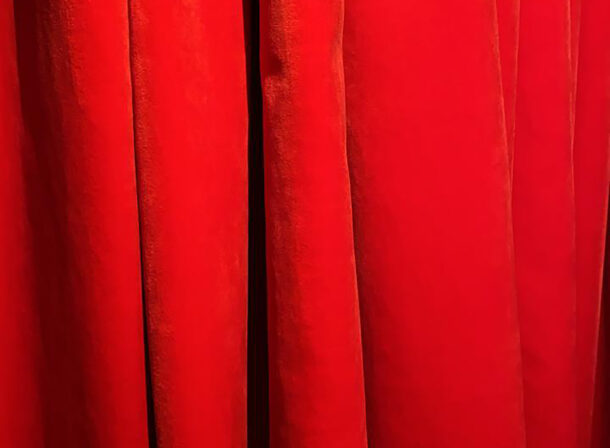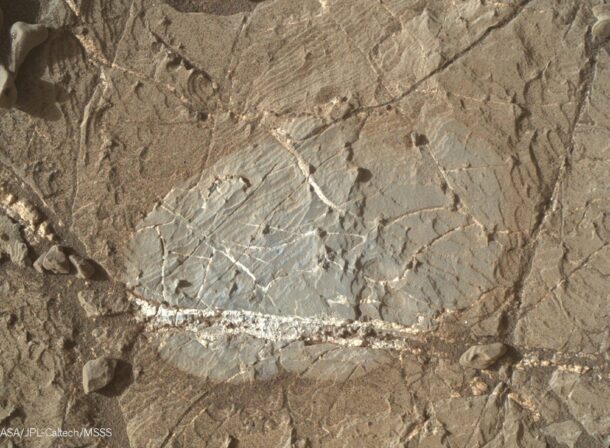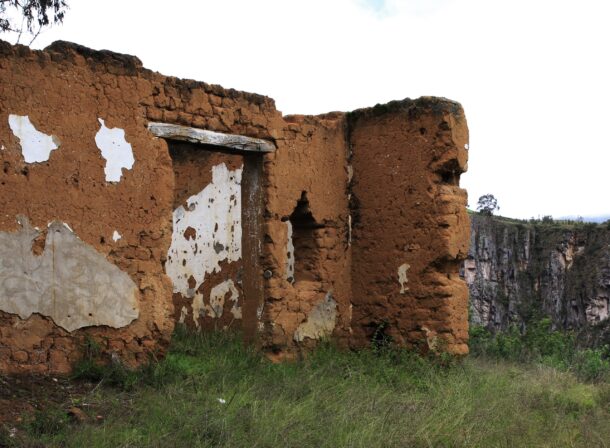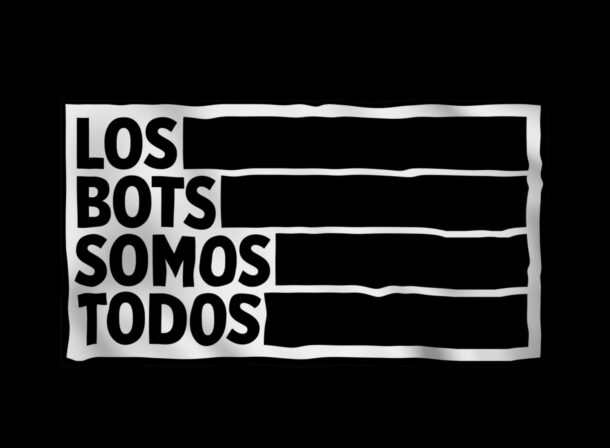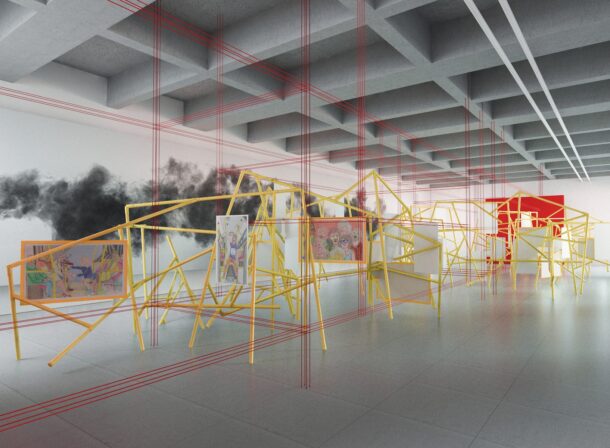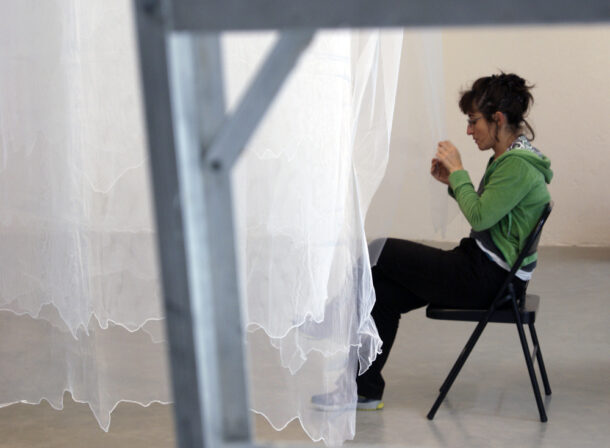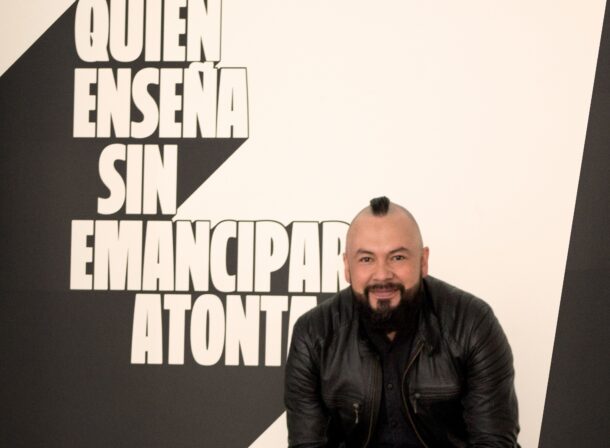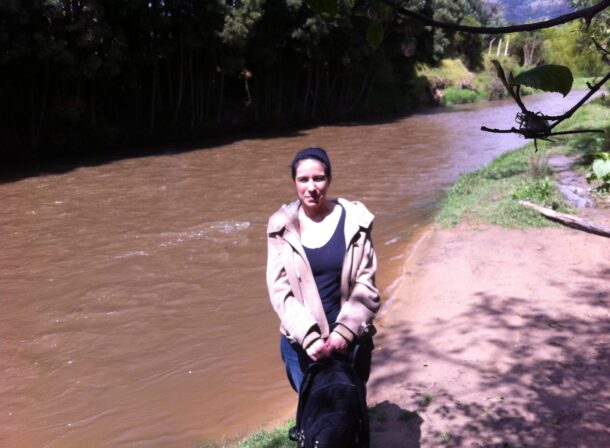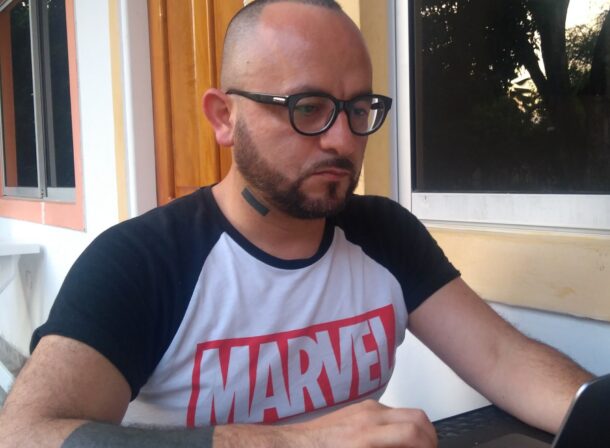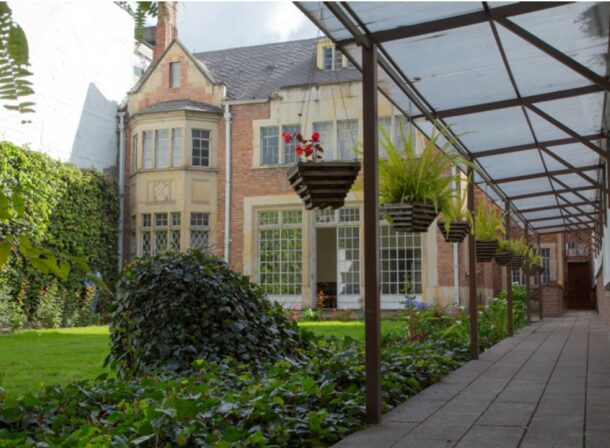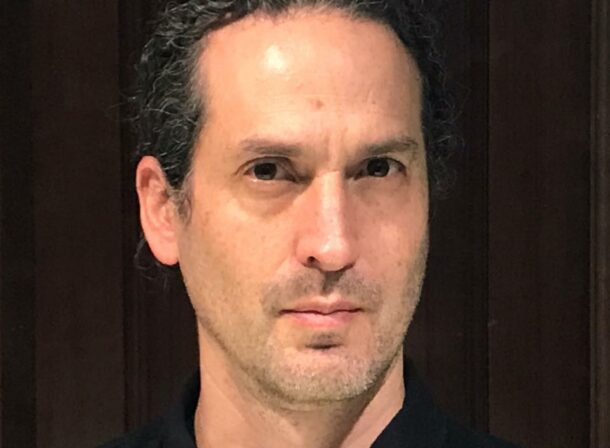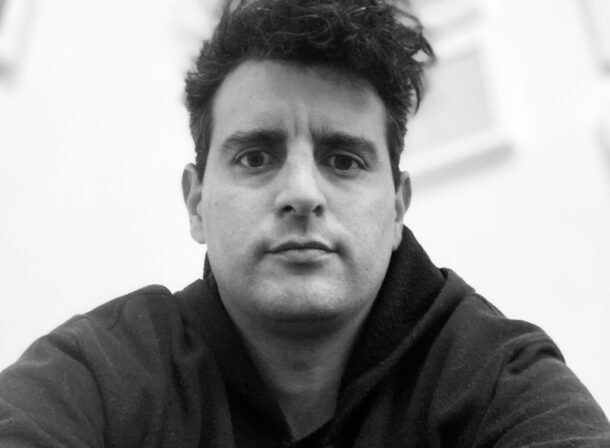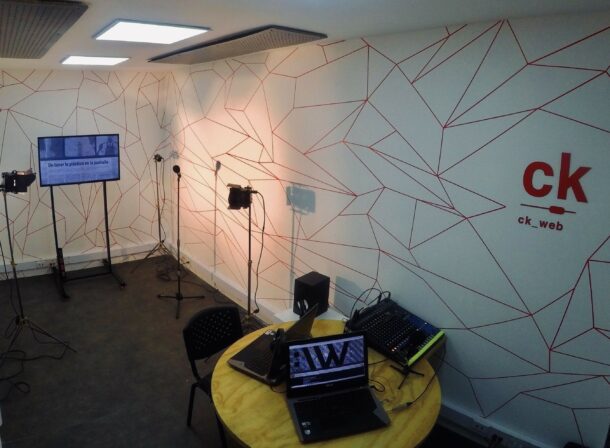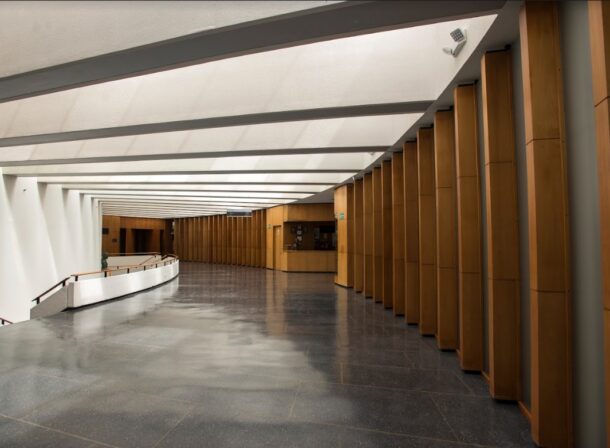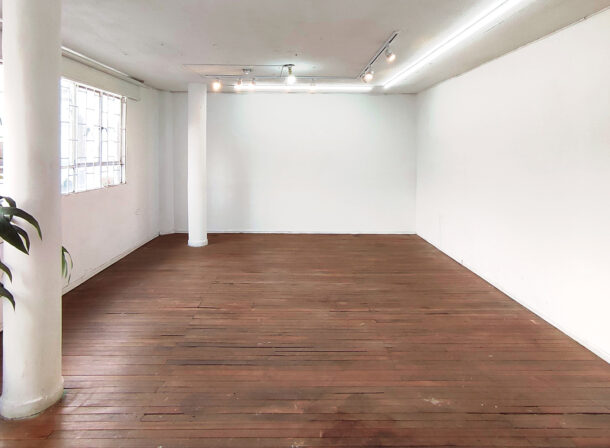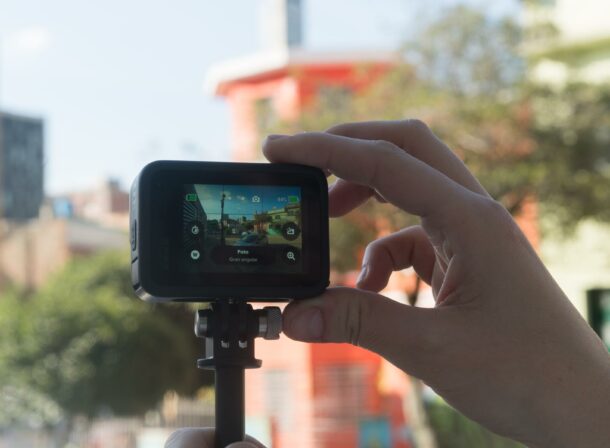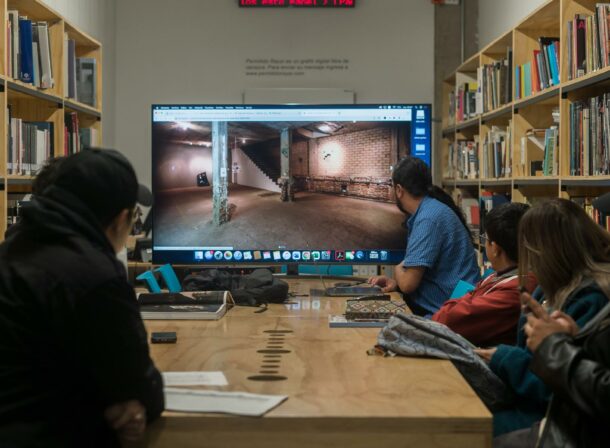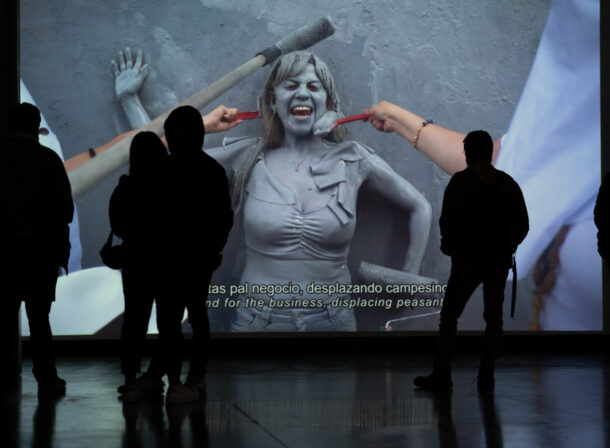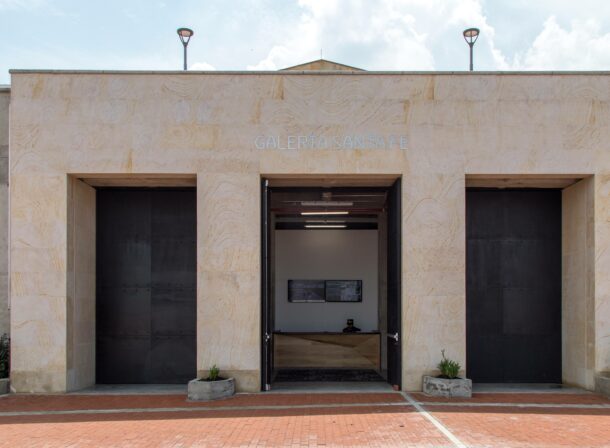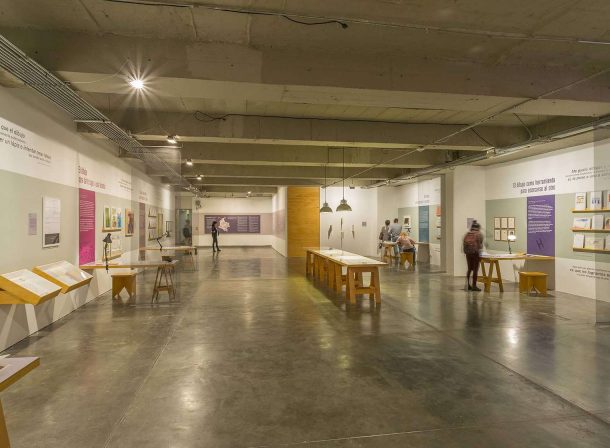
Fotografía: Barro - Jaime Franco
Barro
El arte no puede ser servido por nada tan bien como por un pensamiento negativo. Sus maneras de proceder oscuras y humilladas son tan necesarias para la inteligencia de una gran obra como lo es el negro para el blanco. Trabajar y crear “para nada”, esculpir en la arcilla, saber que la propia creación no tiene porvenir, ver la propia obra destruida en un día teniendo conciencia de que, profundamente, eso no tiene más importancia que construir para los siglos, es la sabiduría difícil que autoriza el pensamiento absurdo.
Albert Camus, El mito de Sísifo
Este proyecto se centra en el barro como elemento ancestral en los procesos de construcción y pretende poner en evidencia su permanente capacidad de transformación. La obra hace énfasis en el carácter efímero de las construcciones humanas y en la contradicción que existe entre el esfuerzo denodado de construir y la inevitabilidad de ver cómo la acción del tiempo conlleva una intrínseca destrucción que, en última instancia, no es más que una mutación.
La palabra latina mutatio significa alteración, cambio, modificación, mudanza, evolución o transformación, y es el origen etimológico de la palabra mutación. El término equivalente en la tradición budista es mujo, que significa impermanencia, transitoriedad o fugacidad. Este concepto es el eje central de esta obra, que encuentra en el barro su elemento primordial, elemento que tiene en todas las culturas enormes significados sociales, históricos y hasta religiosos.
La obra que propongo para la undécima versión del Premio Luis Caballero exige intervenir una ruina en la localidad de Suesca. Se trata de una casa que se encuentra en ruinas y que fue construida con la técnica de ladrillos de adobe. La ruina será parcialmente destruida para, con el propio material que se retirará, construir unas nuevas paredes con la técnica de tapia pisada. La alteración que se realizará busca llevar a cabo una intervención precisa y puntual que, con una actuación mínima, logre un cambio sustancial.
Todo el trabajo que se realizará durante aproximadamente dos meses será documentado con fotografías que permitirán tener una completa documentación de las alteraciones en cada fachada y de las etapas artesanales implicadas en destruir los muros y levantar unos nuevos con tapia pisada. Se filmará permanentemente el proceso y se grabarán audios de cada una de las tareas para registrar las etapas del trabajo. Las fotografías del antes y después, y el video editado del proceso de alteración de la ruina, serán el material que se exhibirá en la GSF.
La obra se enmarca en los parámetros que describen el land art y el process art, entendido este como una acción en la que el producto final no es el objetivo principal del trabajo, y la que, por el contrario, la planeación, la intervención, la recolección de datos, la clasificación y la documentación de las acciones realizadas se convierten en el objeto de la obra.
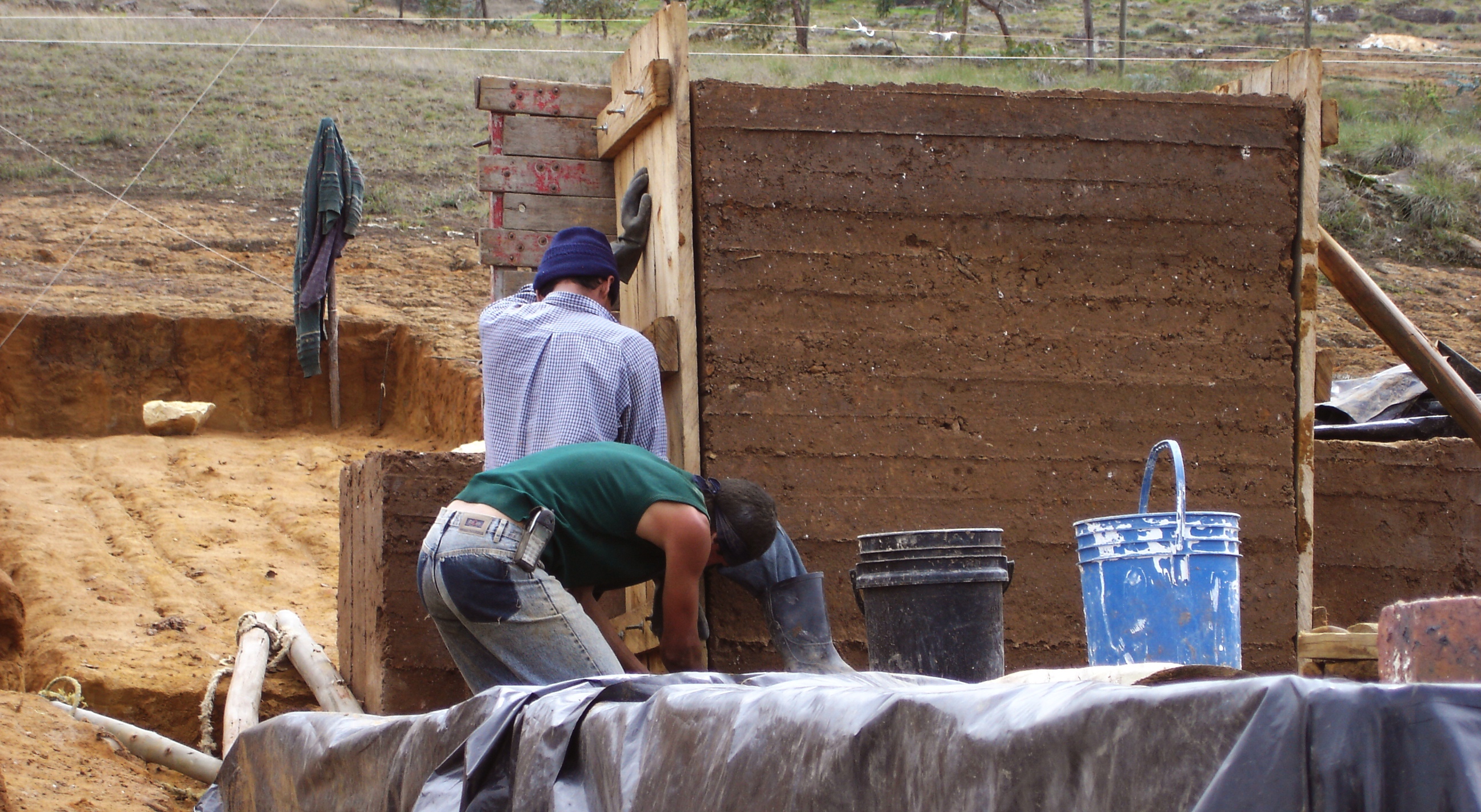
Fotografía: Barro - Jaime Franco.
Jaime Franco
Nacido en Cali en 1963, demuestra un profundo interés por disciplinas como la ciencia, las artes marciales y las culturas orientales. Franco inició la carrera de ingeniería en Colombia, y tiempo después se marchó a París. Allí se alejó del estudio de la ciencia para dedicarse a temas más abstractos y conceptuales. Entró en contacto con la Academia de Bellas Artes y comenzó a dibujar por su cuenta, devorando visualmente la Ciudad Luz no solo a través de sus trazos, sino también mediante la fotografía. En las calles parisinas se dedicó a tomar fotografías en blanco y negro, sin dejar de lado su pasión por la pintura, producción en la que la información científica y el interés por la ingeniería se hacen evidentes.
La obra de Franco ha sido catalogada de geométrica expresionista; sin embargo, para él, los recursos geométricos (el cuadrado, el rectángulo o el círculo), así como las técnicas que utiliza —el óleo, la encáustica, el barro—, simplemente forman parte de su lenguaje, en una trayectoria artística que se ha extendido por varias décadas.
La obra de Franco se debate entre dos maneras de aproximarse al objeto artístico: por un lado, la cuidadosa reconstrucción de estructuras arquitectónicas, en que todo es realizado con rigurosos cálculos matemáticos, y por otro, la pintura misma, el recorrido del color en la superficie. En ambas se reconocen múltiples referencias propias a la historia y a los mitos occidentales. Mediante un juego de relaciones entre la representación de las ruinas y la sobrevaloración de la razón, nos recuerdan historias que en muchos momentos han desembocado en la destrucción del hombre.
En los últimos años, Franco ha venido realizando pinturas sobre la pared utilizando materiales orgánicos como barro proveniente de diversos lugares del país. En realidad se trata de instalaciones que, por su misma naturaleza, son efímeras: se hacen para espacios específicos y casi siempre son borradas al final de la exposición. Estas obras encierran cabalmente el afán que el artista ha estado indagando a lo largo de toda su trayectoria: el interés por la geometría, las composiciones matemáticas y la arquitectura, y el intento de descubrir la naturaleza misma de la pintura, las relaciones muchas veces accidentales que se dan entre los colores, las formas y los trazos.
Entre los trabajos que Jaime Franco ha realizado con barro se destaca una obra tridimensional realizada en el 2010. Se trata de una cruz de barro, obra que le exigió movilizar 250 toneladas de tierra que trataría con la técnica de tapia pisada, para lo cual debió valerse de la ayuda de varios obreros de una localidad en las afueras de Bogotá.
Barro (Clay)
Art can never be so well served as by a negative thought. It’s dark and humiliated proceedings are as necessary to the understanding of a great work as black is to white. To work and create ‘for nothing’, to sculpture in clay, to know that one’s creation has no future, to see one’s work destroyed in a day while being aware that fundamentally this has no more importance than building for centuries- this is the difficult wisdom that absurd thought sanctions.
Albert Camus, The Myth of Sisyphus
This project is centered in clay as an ancestral element in construction processes, and pretends to show its permanent capacity of transformation. The work emphasizes the ephemeral nature of human constructions and the contradictions between the strenuous endeavor of constructing and the unavoidability of seeing how the pass of time implies an intrinsic destruction that, ultimately, is nothing more than a mutation.
The Latin word mutatio means alteration, change, modification, moving, evolution or transformation, and it is the etymological origin of the word mutation. Its equivalent term in the Buddhist tradition is mujo, which means impermanence, transience or fugacity. This concept is the central axis in this work, that finds its main element in the clay, which is an element that has a significant social, historic and even religious meaning for all cultures.
The work I am proposing for the eleventh version of the Luis Caballero award requires the alteration of a ruin at the location of Suesca. This is an old house that was built with the technique of adobe bricks. The ruin will be partially destroyed, and, with the own material extracted, new walls will be built using the technique of rammed earth. The alteration that will be performed is intended to carry out an accurate and specific action that, through a minimum intervention, will result in a substantial change.
All the work performed during approximately two months will be recorded through pictures in order to have a full record of the alterations in each wall and the artisanal stages used to destroy the walls and build new ones through rammed earth. The process will be fully filmed and audios will be recorded of each task to record the stages of the work. The before and after photographs, and the video of the ruin alteration process, will be the material to be exhibited at the GSF.
The work will be framed in the parameters described in the land art and the process art, which is defined as an action wherein the final product is not the final purpose, and, on the contrary, the planning, the intervention, the data collection, the classification and the documentation of the actions performed become the main subject of the work.
Jaime Franco
Born in Cali in 1963, he has shown a deep interest in disciplines such as science, martial arts and Eastern cultures. Franco started the career of Engineering in Colombia, and sometime later he decided to live in Paris. In Paris he stopped his studies to focus on more abstract and conceptual matters. He made contact with the Academy of Fine Arts and started drawing on his own, visually scarfing the City of Lights, not only through his strokes, but also through his photographs. Within the Parisian streets he was dedicated to taking pictures in black and white, without neglecting his passion for the art; the scientific information and the interest for engineering are clearly noticeable in his work.
The work of Franco has been classified as expressionist geometrics; however, for him, the geometric resources (the square, the rectangle or the circle), as well as the techniques he uses – the oil paint, the encaustic painting, the clay–, are just part of his language, through an artistic path that has spanned through several decades.
Franco’s work debates between two ways of addressing the artistic subject: on the one hand, the scrupulous reconstruction of architectural structures, where everything is performed through strict mathematical calculations, and on the other hand, the painting itself, the journey of color on the surface. Both acknowledge multiple own references to history and occidental myths. Through a set of relations between the representation of the ruins and the overestimation of the reason, his work reminds us of stories that many times have resulted in the destruction of men.
During the last years, Franco has been making wall paintings using organic materials such as clay coming from different places of the country. Actually, these are setups that, due to their own nature, are ephemeral: they are made for specific spaces and almost always are erased at the end of the exhibition. These works fully enclose the passion that the artist has been researching throughout his career: the interest for geometry, mathematical compositions and architecture, and the attempt to discover the nature of the painting itself, the relations, many times accidental, between the colors, shapes and strokes.
The works that Jaime Franco has made with clay include a three-dimensional figure performed in 2010. It was a cross of clay that required him to move 250 tons of land that would be treated with the rammed earth technique, for which he used the help of several masons in a location at the outskirts of Bogotá.
